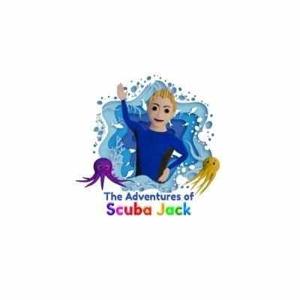Exploring the World Through Colors and Play
Children experience the world in vibrant and exciting ways. Learn Colors for Preschool Activities offers a playful gateway into early education that is both visual and interactive. Preschoolers grasp color recognition best when it’s tied to fun experiences, making daily playtime a powerful tool. Games that encourage creativity while introducing colors are key to engaging little learners in a joyful routine. Whether it's finger painting or matching colored blocks, these activities turn ordinary moments into learning adventures.
Boosting Cognitive Skills with Color Play
The act of identifying and naming colors builds a strong foundation for early thinking and observation. Sensory games that involve touch, sight, and sound can make learning more effective. Activities like sorting colorful pom-poms or using colored paper in arts and crafts strengthen memory and focus. These fun approaches are more than just entertaining; they foster growth and early development. When children interact with color in their daily environment, their curiosity deepens and their skills sharpen.

The Power of Interactive Preschool Games
Interactive play has a deep impact on learning because it stimulates various parts of a child’s brain. Preschool Children's Games Kindergarten level play helps reinforce basic concepts through repetition and engagement. Games that incorporate singing, movement, and storytelling encourage language development and emotional expression. Kids retain lessons more easily when they’re part of a playful environment where learning feels natural. Game-based learning also promotes teamwork and communication, essential for future school experiences.
Color Games That Keep Kids Curious
Simple color-matching games, flashcards, and color scavenger hunts are effective tools to maintain attention while educating. As children connect colors to objects in their world, they begin forming stronger associations. This deepens their understanding and makes future learning smoother. Structured play that includes Learn Colors for Preschool Activities can easily be adjusted to suit different learning paces. Whether at home or in a classroom setting, these games can be adapted to include new colors and patterns.
Creative Methods in Early Learning Environments
Preschool classrooms today are designed with purposeful color in mind. Teachers use bright spaces and colorful learning materials to attract attention and encourage participation. Learning stations focused on sorting, matching, and identifying shades help children explore independently. These areas become spaces where Preschool Children's Games Kindergarten themes are part of everyday routines. A colorful classroom fosters imagination and makes the learning process enjoyable and effective.
Role of Routine in Building Color Knowledge
Establishing daily color-based routines helps young learners connect abstract ideas with real-life experiences. Singing a morning color song, dressing in a color-of-the-day, or reading themed books are small ways to embed color learning into a child’s day. These habits bring structure and consistency while supporting vocabulary and recognition skills. Routines that feature playful color exploration add rhythm and familiarity to the learning environment, reinforcing each concept with ease.
Combining Imagination and Early Education
Open-ended play using colors, shapes, and imaginative storytelling invites children to explore freely. Painting a rainbow, creating puppets, or crafting animals out of colorful paper allows children to use their creativity while reinforcing learning. These creative outlets support emotional development and self-expression. Integrating Learn Colors for Preschool Activities in artistic play also helps children take pride in their creations and encourages continued exploration.
Learning through Movement and Games
Movement is essential in early education. Activities like dancing with colored scarves, color-based hopscotch, or jumping games with color commands make learning more dynamic. These games combine physical activity with Preschool Children's Games Kindergarten concepts to build motor skills alongside brain development. Kids enjoy the excitement of moving while practicing what they’ve learned, creating a balance between play and purpose.
Nurturing Independent Thinking with Play
As children grow more familiar with colors, they begin to explore more complex concepts like mixing shades or choosing colors that express moods. Encouraging children to lead their own play sessions with colored items supports problem-solving and decision-making. This fosters confidence and builds independence. Allowing time for unstructured play gives kids the space to experiment and engage with materials at their own pace, which is essential for deep learning.
Our website is a great place to start for more information.




Write a comment ...